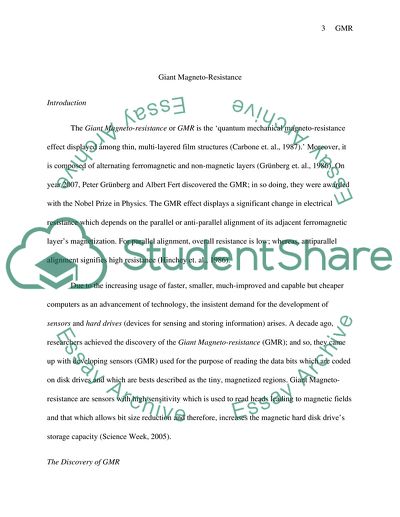Cite this document
(Research Survey on Giant Magneto-resistance Paper, n.d.)
Research Survey on Giant Magneto-resistance Paper. Retrieved from https://studentshare.org/technology/1745677-gmr-giant-magneto-resistance
Research Survey on Giant Magneto-resistance Paper. Retrieved from https://studentshare.org/technology/1745677-gmr-giant-magneto-resistance
(Research Survey on Giant Magneto-Resistance Paper)
Research Survey on Giant Magneto-Resistance Paper. https://studentshare.org/technology/1745677-gmr-giant-magneto-resistance.
Research Survey on Giant Magneto-Resistance Paper. https://studentshare.org/technology/1745677-gmr-giant-magneto-resistance.
“Research Survey on Giant Magneto-Resistance Paper”, n.d. https://studentshare.org/technology/1745677-gmr-giant-magneto-resistance.


